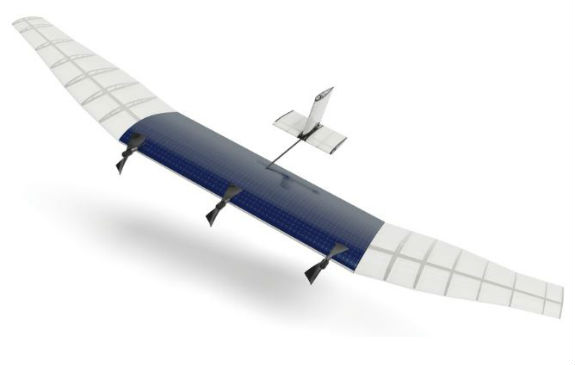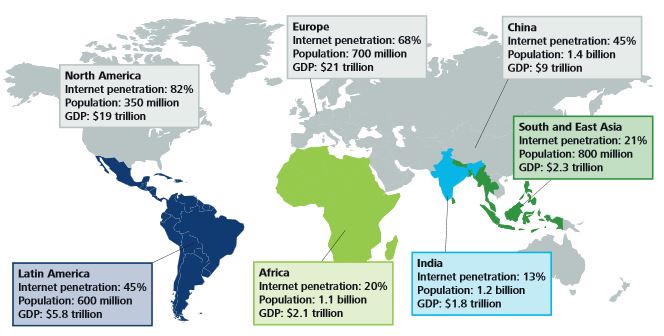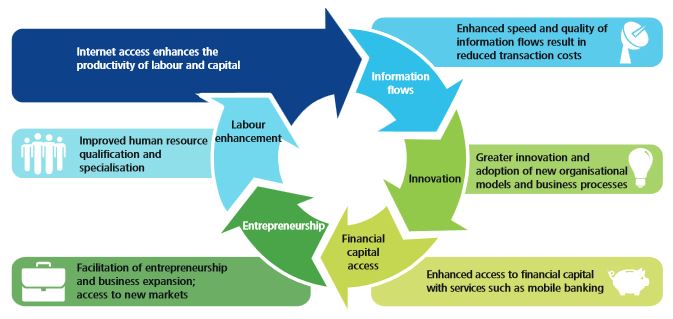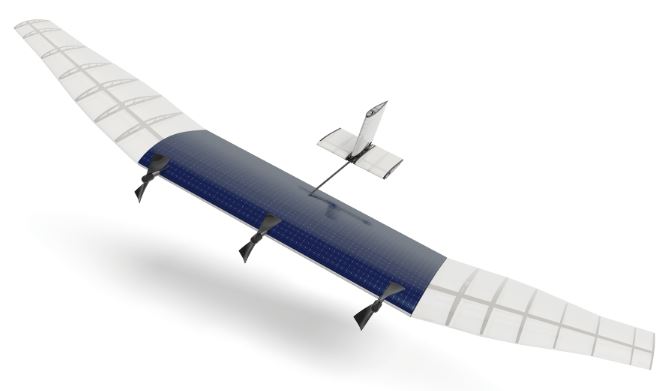

The majority of the world does not have Internet access.
It’s been a busy couple of weeks for Mark Zuckerberg. A couple of days after buying Oculus VR for $2 billion, the social media mogul announced his Connectivity Lab campaign. The initiative’s goal is to use new aerospace and communications technologies to improve and extend Internet access for millions of people across the globe — something he believes should be a universal right, not privilege.
The Connectivity Lab is a team composed of the world’s top experts from NASA’s Jet Propulsion Laboratory, NASA’s Ames Research Center, and the National Optical Astronomy Observatory. The group has already begun working on different platforms to advance Facebook’s Internet.org mission of bringing the Internet to the two thirds of the world’s population that doesn’t have it.
Internet access has been expanding around the globe but it’s doing so at a very slow frequency. Only 2.7 billion people currently have access and this number is growing at a rate of 9% every year. The Connectivity Lab’s mission would drastically change these numbers.
In a recent study by Deloitte, they found:
“The Internet is a key factor in driving economic growth. Expanding Internet access could create 140 million jobs, lift 160 million people out of poverty, and reduce child mortality by hundreds of thousands of lives.”

This is how the Internet enables economic growth.
In order to achieve their goal, the Connectivity Lab is experimenting with high-altitude drones that will beam laser rays with extremely high bandwidth capacity. If successful, these drones will deliver much-needed Internet access to deprived communities all around the world.
With so much controversy surrounding drones, the Connectivity Lab has largely focused their research on making this endeavor safe.
They want to:
- Fly as close to the ground as possible to maximize signal strength.•
- Fly at a high enough altitude where the wind is not strong to maximize endurance.
- Fly outside of regulated airspace for safety and quick deployment.
- Be able to precisely control the location of these aircraft, unlike balloons.
- Build the smallest structure possible so it requires minimal energy to stay aloft.
- Build a large enough structure that can effectively harvest all the energy it needs from the sun.
- Build the cheapest structure so they can cost-effectively produce enough to span many areas.
- Build a re-usable structure to make it more cost-effective as well.
As Facebook has grown more powerful, people have become more weary. Over 1.23 billion people have a Facebook account and about 200 million people are on Instagram and WhatsApp (subsidiaries of Facebook). It’s fair enough to say that Facebook has a monopoly on social media. If they’re able to bring Internet access to a majority of the world’s population, they would be the most powerful technology company in the world.
There’s no doubt that providing Internet access to the entire world is a good thing, but are we ready to have Facebook drones flying over our heads to accomplish this?


